Foundation application can be tricky, often leaving you with an uneven or cakey finish. These hacks will help you achieve a smooth, long-lasting look that enhances your natural beauty. Here are 20 expert tips to prepare your skin, apply foundation flawlessly, and maintain that perfect finish all day.
Start with Clean, Moisturized Skin
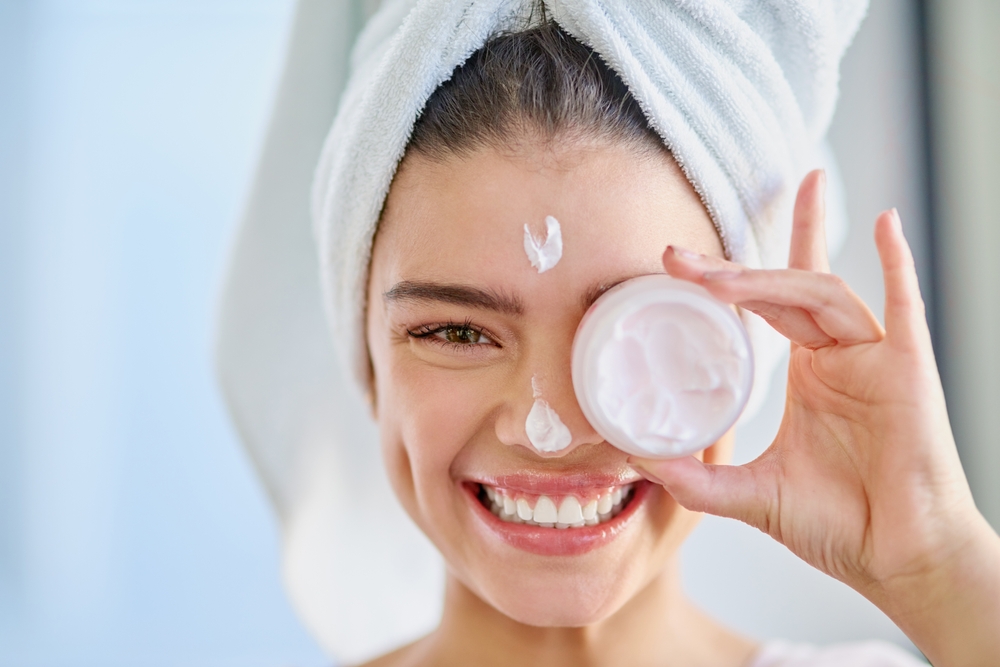
Always begin with a clean face. Use a gentle cleanser suitable for your skin type. Follow up with a moisturizer to hydrate your skin. This step ensures a smooth base for foundation.
Exfoliate Regularly
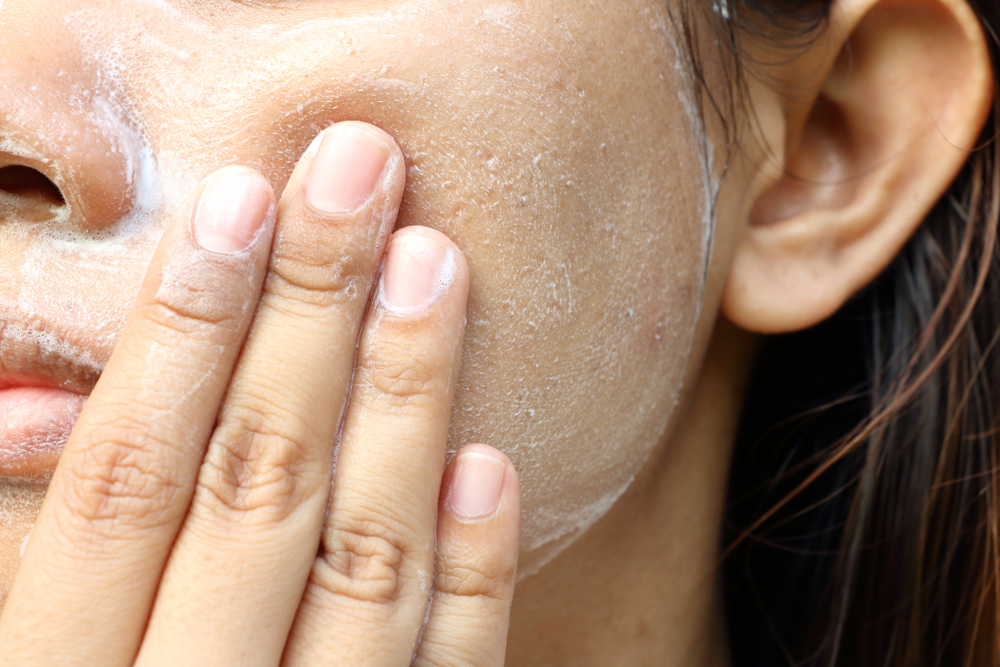
Exfoliation removes dead skin cells that can cause patchiness. Use a gentle exfoliator once or twice a week. This helps your foundation glide on more smoothly. Avoid harsh scrubs to prevent irritation.
Use a Primer
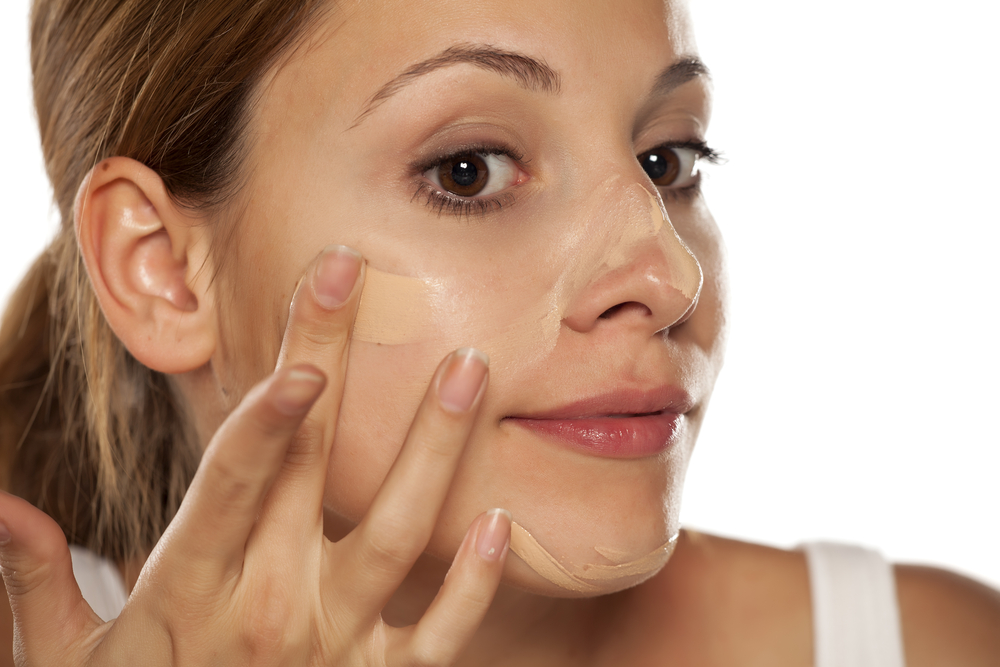
Primer creates a barrier between your skin and foundation. It fills in pores and fine lines. Choose a primer that suits your skin type: mattifying for oily skin and hydrating for dry skin. This step ensures longer-lasting makeup.
Match Your Foundation to Your Skin Tone
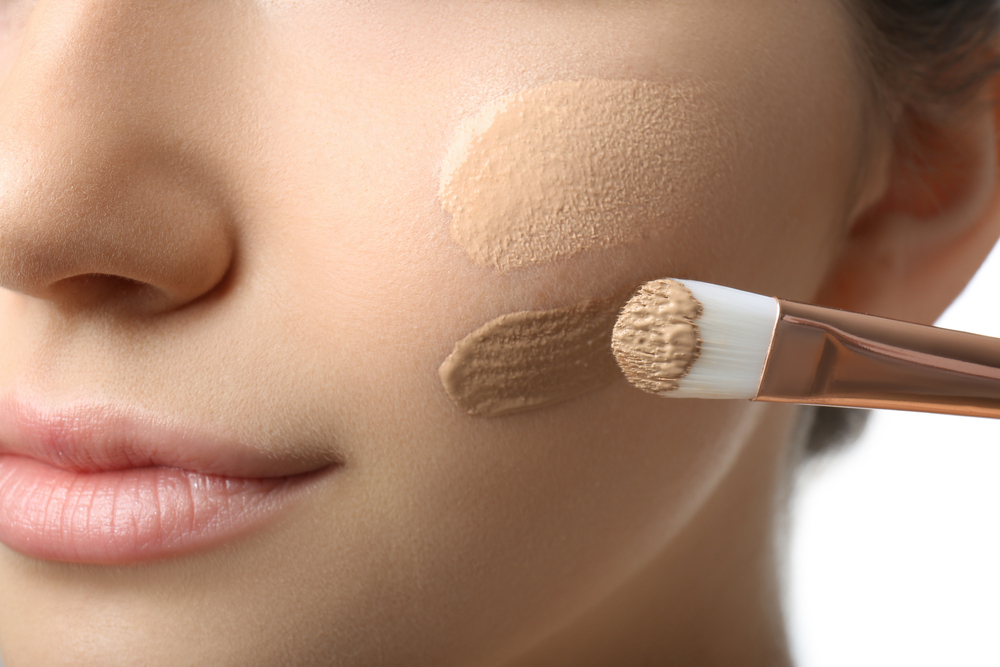
Always test foundation on your jawline. Natural light is the best for checking the match. Your foundation should seamlessly blend into your skin. Avoid choosing shades that are too light or too dark.
Invest in Quality Brushes

Quality brushes make a huge difference. Use a dense brush for fuller coverage. A stippling brush gives a lighter, airbrushed effect. Clean your brushes regularly to avoid bacteria buildup.
Use a Damp Sponge for a Natural Finish

A damp makeup sponge can provide a flawless, natural look. Dab your foundation with the sponge for an even application. Avoid dragging the sponge to prevent streaks. This technique works well with all skin types.
Apply Foundation in Thin Layers
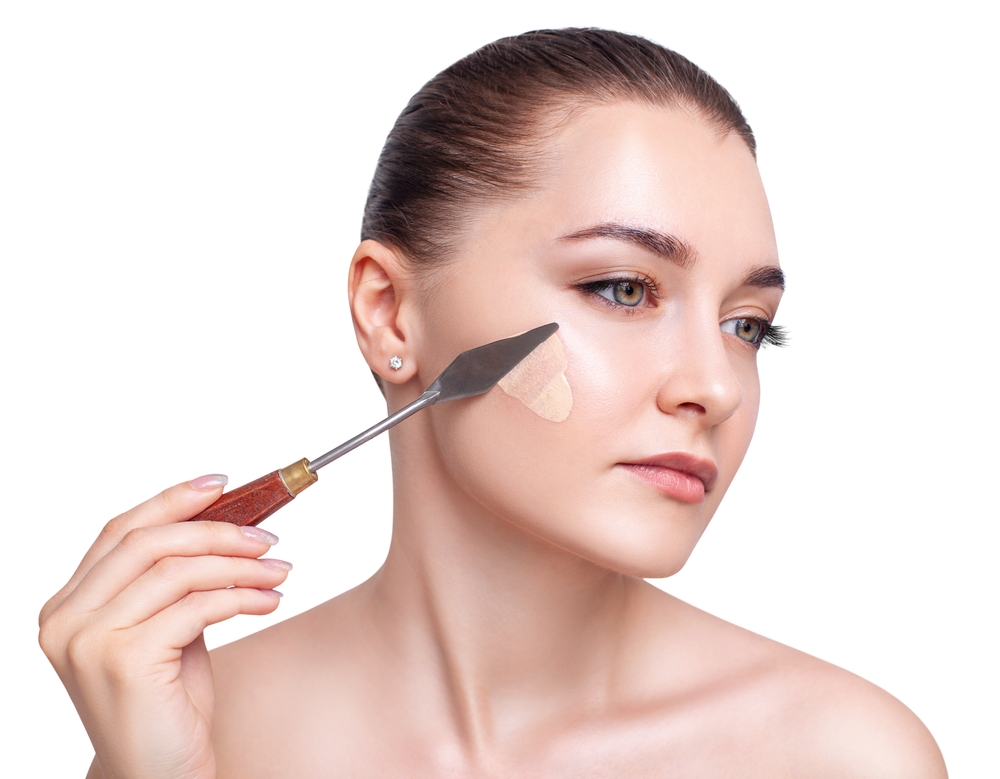
Start with a small amount of foundation. Build up coverage gradually. This prevents a cakey appearance. It also allows you to achieve your desired level of coverage without overdoing it.
Blend Down Your Neck
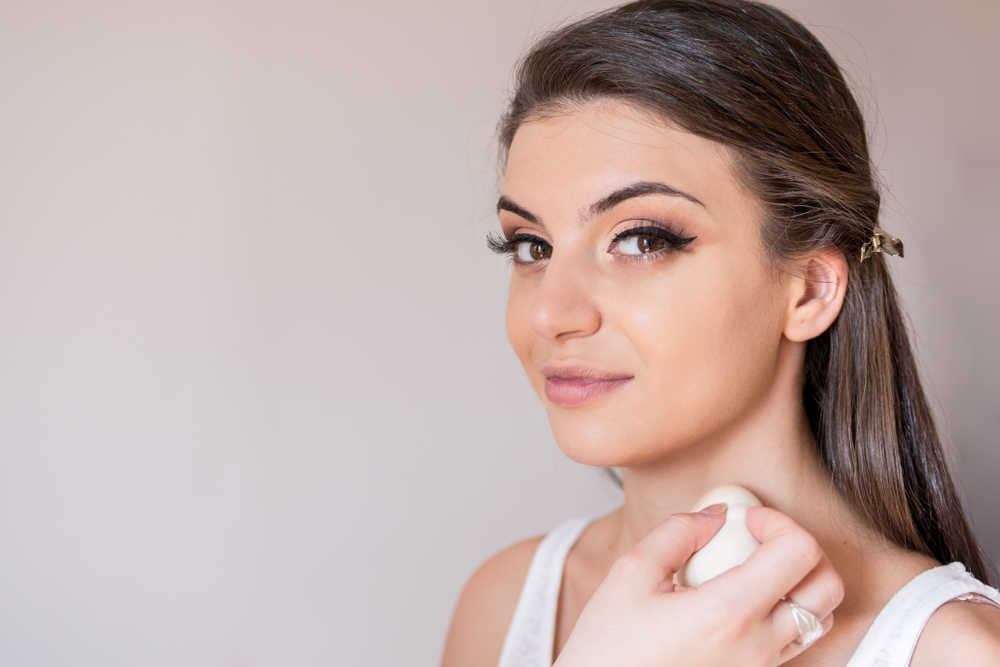
Always blend foundation down your neck. This prevents a noticeable line between your face and neck. It creates a more natural, cohesive look. Use the same technique and tools as you do on your face.
Set Your Foundation with Powder
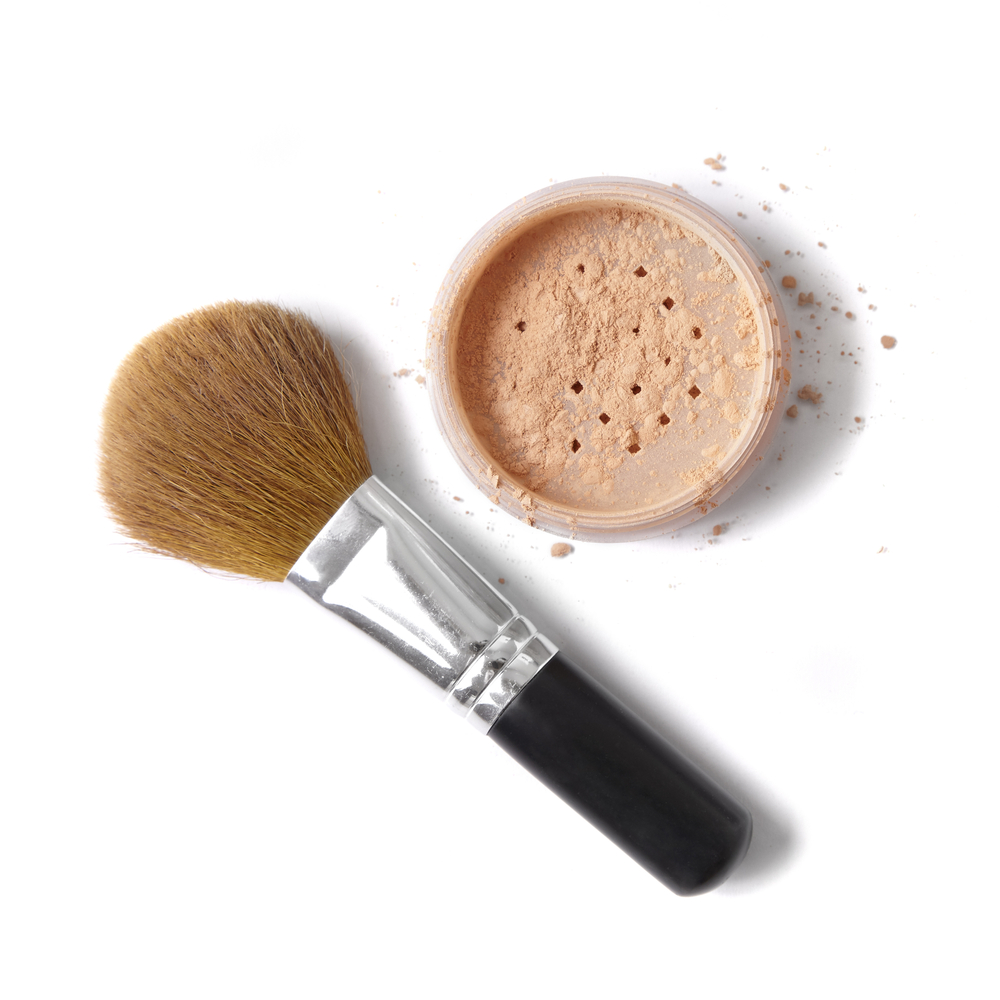
Setting powder helps to lock in your foundation. Use a translucent powder for a natural finish. Apply it with a fluffy brush, focusing on oily areas. This step is essential for oily skin types.
Use Setting Spray for Longevity
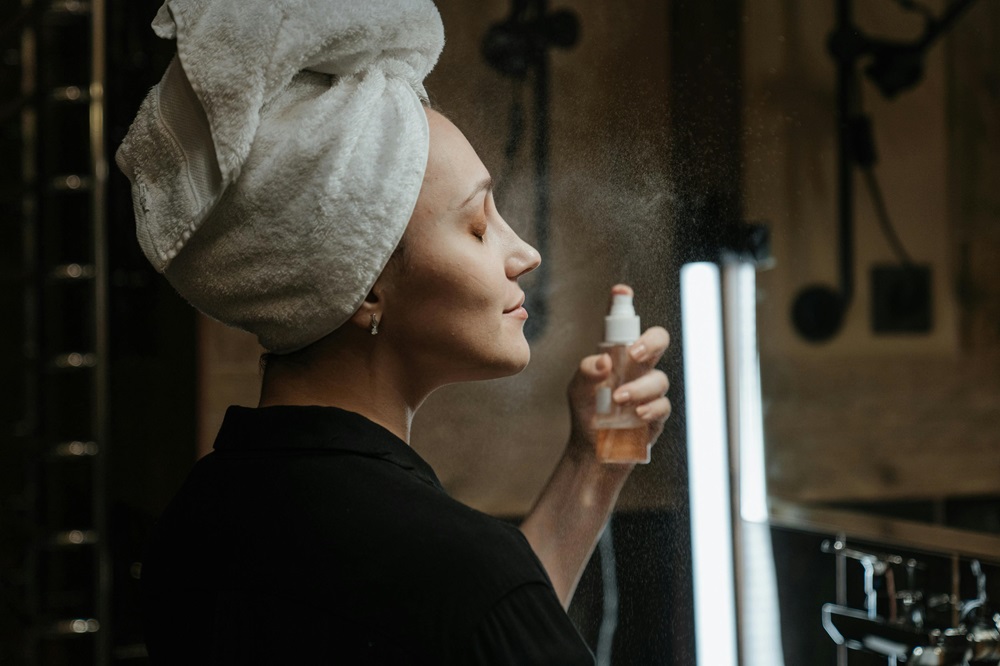
Setting spray can make your foundation last longer. Spritz it on after applying your makeup. It helps to meld all the layers together. Choose a setting spray that suits your skin’s needs, whether mattifying or hydrating.
Avoid Touching Your Face

Touching your face transfers oils and bacteria. This can break down your foundation. Try to avoid touching your face throughout the day. Use blotting papers if you need to remove excess oil.
Correct Redness and Dark Circles First
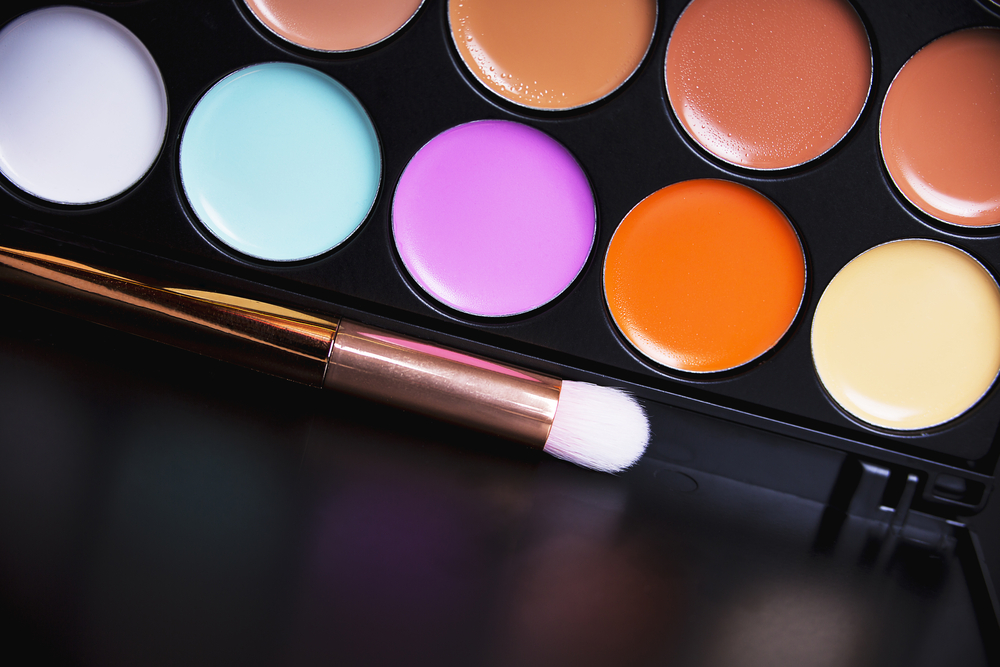
Use color correctors before foundation. Green correctors neutralize redness. Peach or orange correctors cancel out dark circles. This step ensures an even skin tone before foundation application.
Warm Up Your Foundation
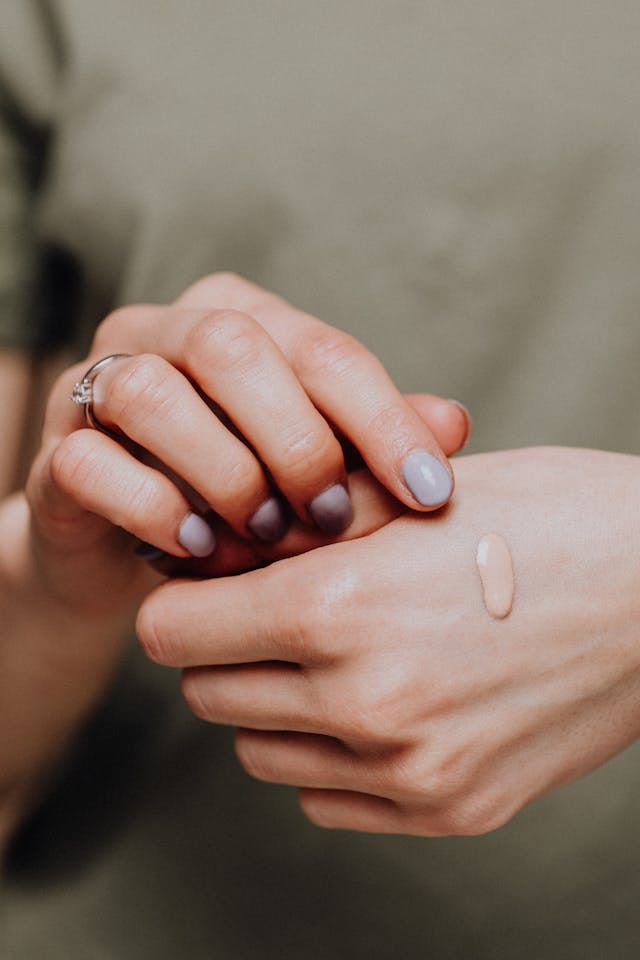
Warm your foundation between your fingers before applying. This makes it blend more easily into your skin. It also helps to achieve a more natural finish. This trick works especially well with thicker foundations.
Apply Foundation in Natural Light

Natural light is the best for applying foundation. It shows the true color and coverage. Set up your makeup station near a window. This helps to avoid surprises when you step outside.
Use Oil-Free Products for Oily Skin
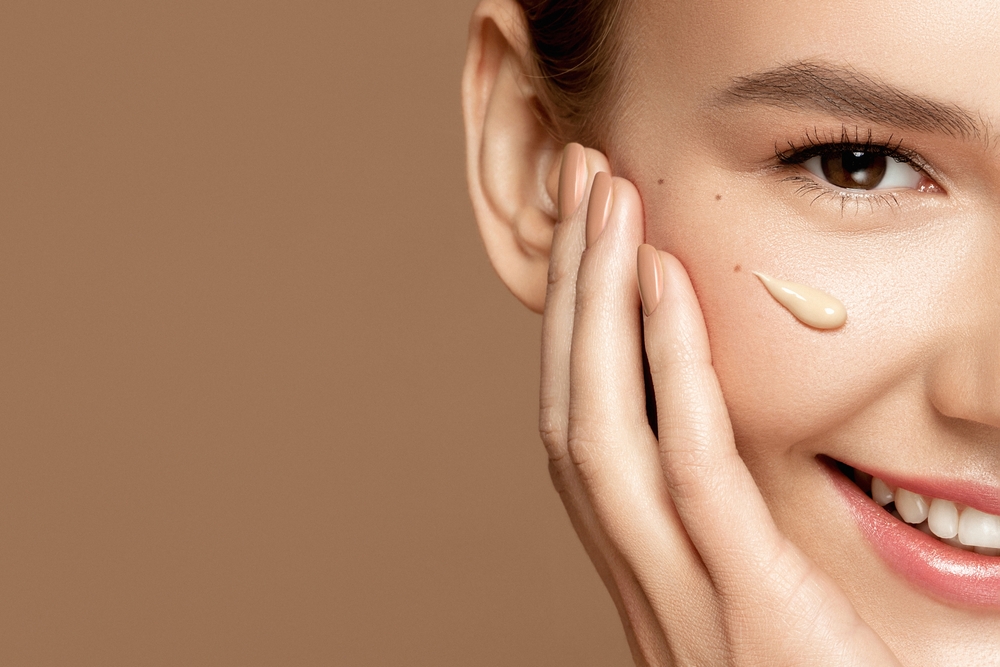
Oil-free foundations are best for oily skin. They help to control shine and prevent breakouts. Look for non-comedogenic labels on products. This ensures they won’t clog your pores.
Choose Hydrating Foundations for Dry Skin
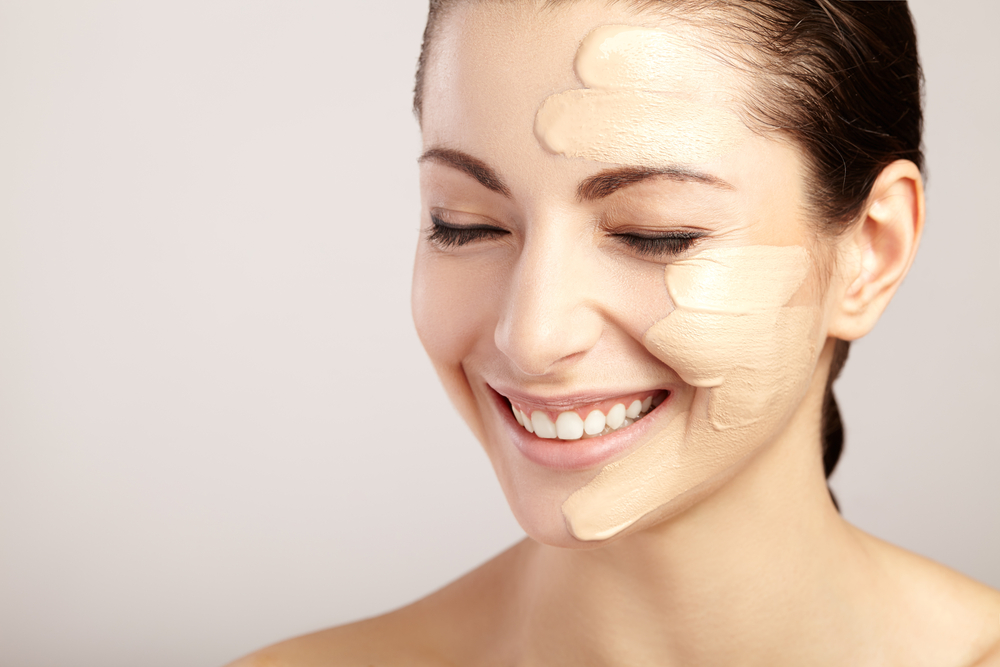
Hydrating foundations work best for dry skin. They provide moisture and prevent flakiness. Look for ingredients like hyaluronic acid and glycerin. These keep your skin hydrated throughout the day.
Mix Foundation with Moisturizer for Sheer Coverage
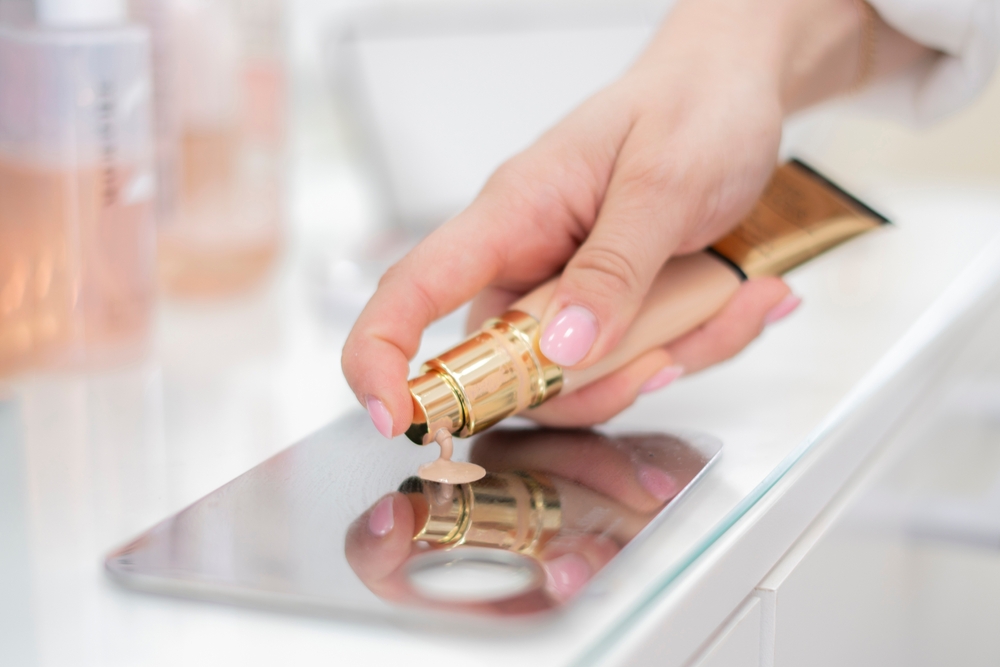
Mixing foundation with moisturizer creates a sheer, tinted effect. This is perfect for a natural, everyday look. It also adds extra hydration. Use a 1:1 ratio for the best results.
Blot Excess Oil Before Applying Powder

Blotting removes excess oil without disturbing your foundation. Use blotting papers or a tissue. This step helps to prevent your makeup from looking cakey. It’s especially useful for oily skin types.
Use Concealer After Foundation
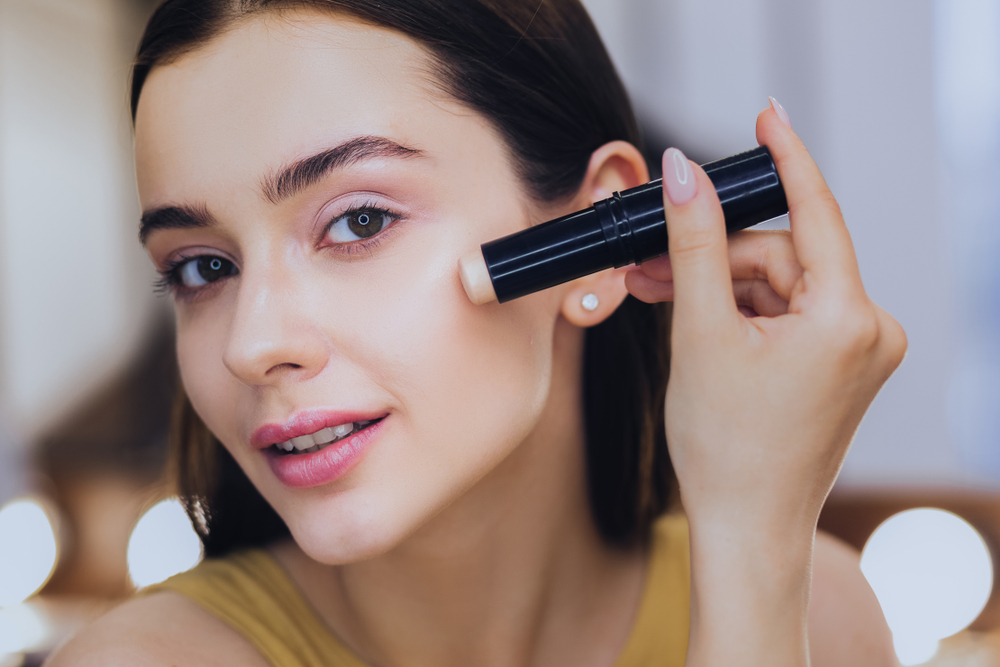
Applying concealer after foundation helps to cover blemishes more effectively. Use a shade that matches your foundation. Dab it on and blend well. This technique provides extra coverage where needed.
Maintain Your Look with Touch-Ups

Carry compact powder and blotting papers for touch-ups. Use them to control shine and maintain your foundation throughout the day. Avoid reapplying foundation to prevent buildup. This keeps your look fresh and flawless.
This article originally appeared on UnifyCosmos.
More from UnifyCosmos
22 Secrets to Effective Multitasking
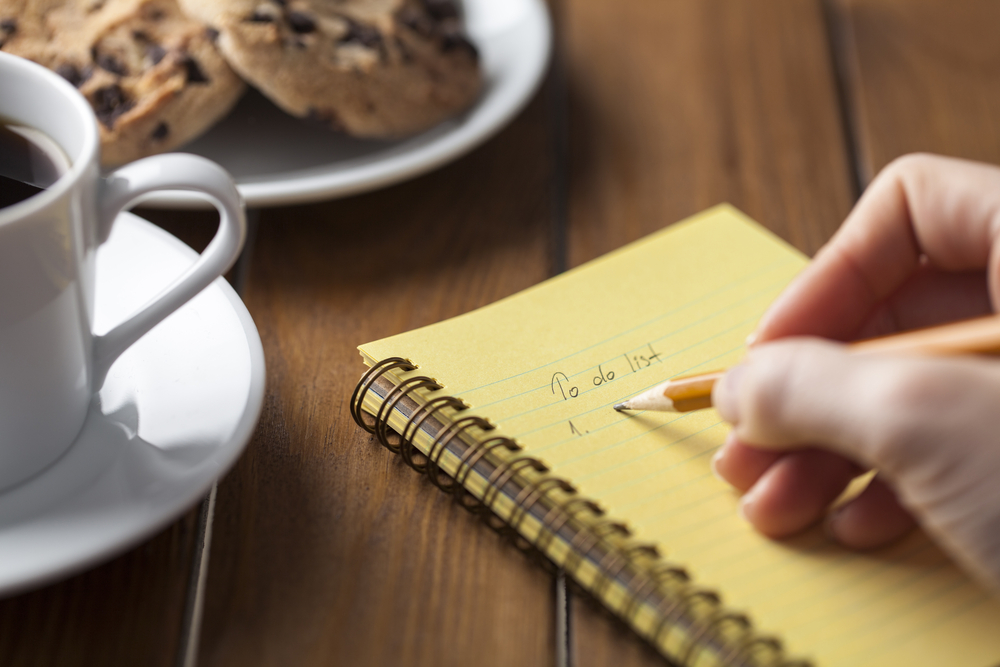
From prioritizing tasks to leveraging technology, we’ll explore practical strategies to help you manage your time and efforts effectively. Read more!
21 Social Isolation Red Flags for Those Living Alone

This article highlights the key red flags of social isolation for those living alone, providing insight and practical advice to help identify and address these issues early. Read more!
20 Psychological Thrillers That Will Play with Your Mind

In this article, we explore some of the most mind-bending psychological thrillers that promise to keep you on the edge of your seat and lingering in thought long after the credits roll. Read more!
Leave a Reply